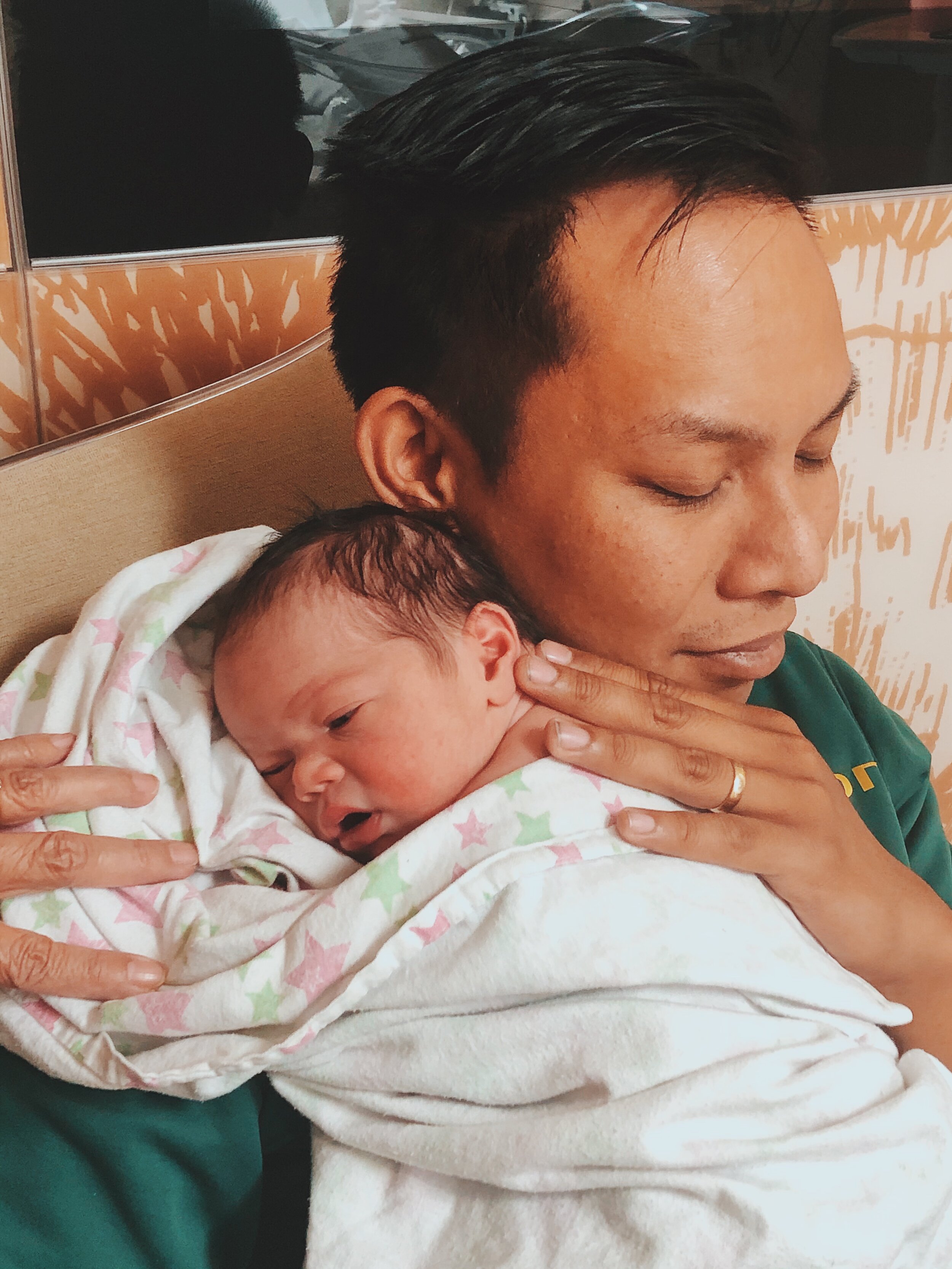10. Galavant
This feels like such a silly show to be putting on this list, since it takes itself not seriously at all, but fewer shows put me in a good mood like this over-the-top medieval musical.
9. The OA
The weirdest little Netflix series whose untimely cancellation means we’ll just have to live with a bizarre cliffhanger ending. Still, it was a bold, risk-taking show, that I loved.
8. Atlanta
Here’s the kicker, I’m still a little behind on Atlanta, but I’m confident enough off of what I’ve seen to give this a pretty high placement. I want more!
7. Psych
Given that I call Psych my favorite show ever, this should probably rank a little higher, but its earlier seasons fall into the 2000s. Still, it stayed so good mostly up until the end.
6. Unbelievable
Okay, the content of this one-season limited series makes it a pretty difficult one to watch, but man is it compelling. Plus the acting performances were some of the best.
5. Jane the Virgin
Gina Rodriguez’s recent missteps aside, this show was brilliantly written, smartly self aware, and so full of heart. Plus a pretty big win for representation in a lot of ways.
4. The Good Place
Subtly, some of the smartest and funniest TV writing out there, slipped into a 30 minute sitcom format. Michael Schur tricked everybody into getting a robust ethics lesson.
3. Stranger Things
I don’t really think I can say much about Stranger Things that hasn’t already been said, but I liked it very much and thus, it places pretty high on my list.
2. Ugly Delicious
This is some of my favorite food-and-culture storytelling. The chicken episode is phenomenal. The way Dave Chang talks about race and food by going from Nashville to Japan is brain food.
1. Kim’s Convenience
A feel-good sitcom based off an off-Broadway play set in a convenience store run by a Korean-Canadian family takes top spot. The character of Appa and I have a soul connection.































































